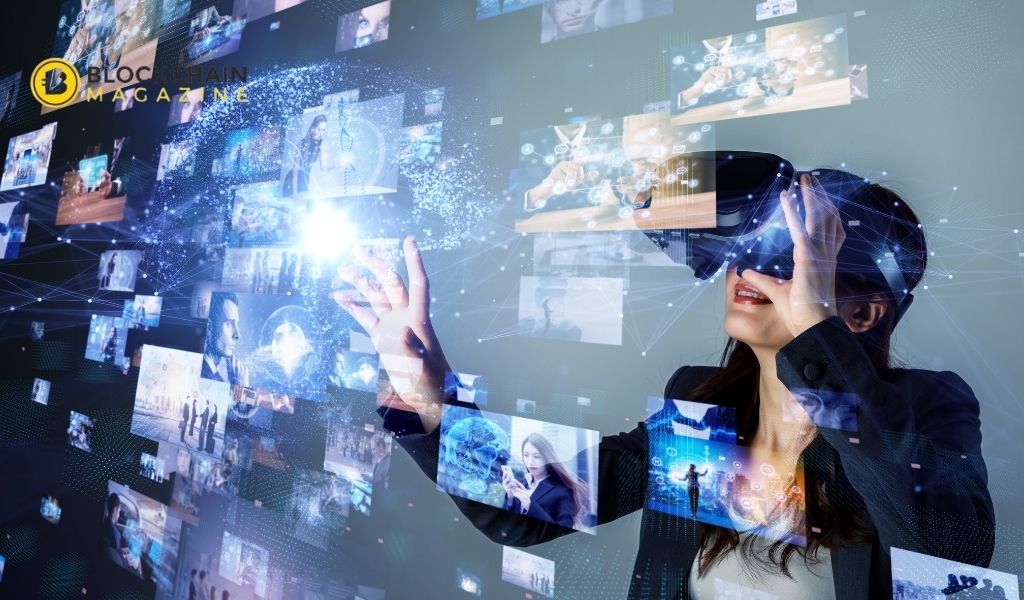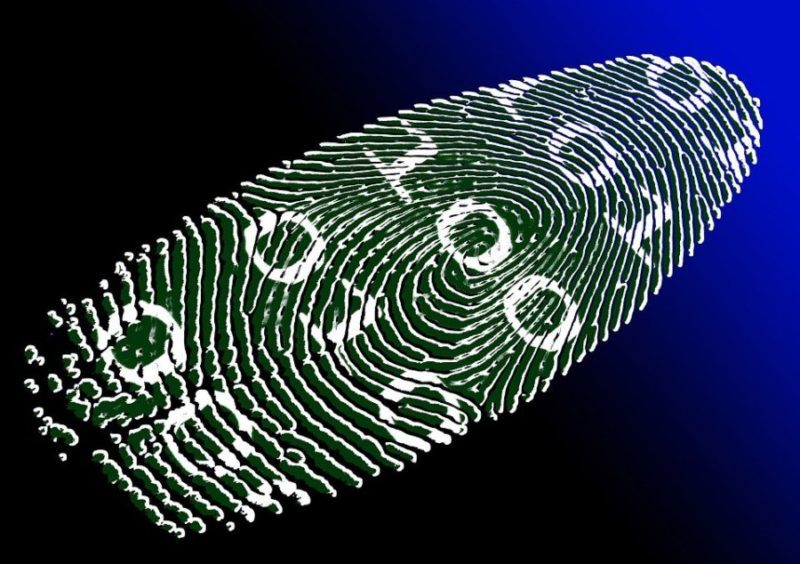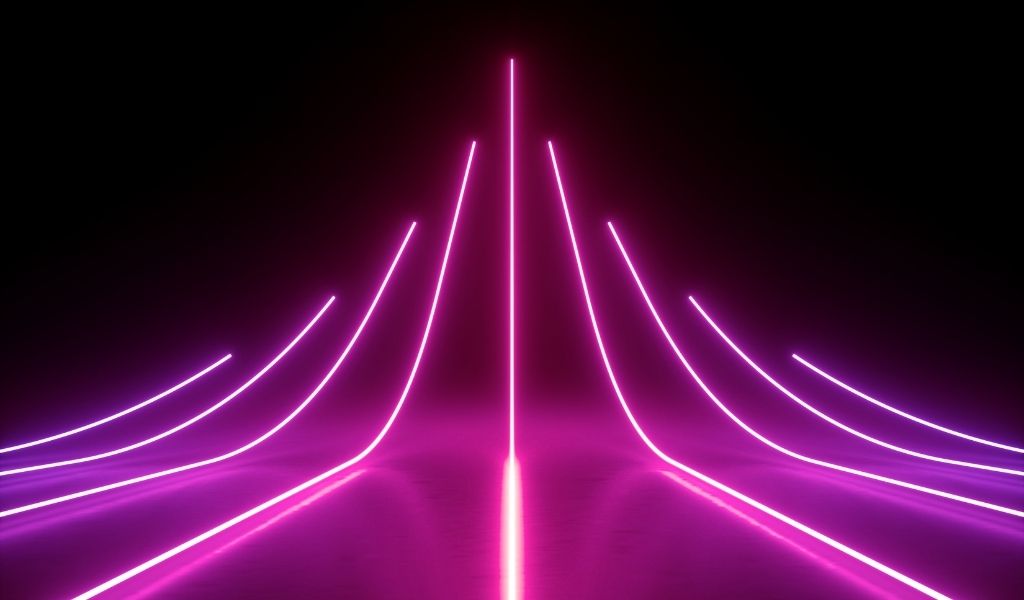Norbert Kovacs Answers About Fundamentals Of Augmented Reality
Since 2012, Norbert Kovacs has been the Chief Technology Officer for the augmented reality business INDE. In this position, he is responsible for the company’s overall technology strategy and the creation of new products. We recommended that he explain the principles of augmented reality (AR) in a manner that “non-techies” might comprehend; he agreed, and his remarks are not only intriguing but also constructive.
What is the definition of “augmented reality”?
The term “augmented reality” refers to a technology that enhances the user’s perspective of the physical environment by superimposing digital or virtual elements on it. Augmented reality (AR) may enrich, expand, or educate people about their real-world surroundings using contextually relevant digital material explained Kovacs.
How are virtual reality and augmented reality dissimilar?
Regarding augmented reality (AR) and virtual reality (VR), INDE believes there is much uncertainty. There is no end to the number of article titles attesting to the validity of augmented reality (AR) or virtual reality (VR). Even mainstream media tends to use these expressions interchangeably. Recognizing the significant distinction between the two is essential: Virtual reality immerses the spectator in a digital world, while augmented reality surrounds the observer with digital content. While in virtual reality (VR), the observer is engaged in a new and, in most instances, distinct (virtual) environment, in augmented reality (AR), the real world is overlaid with digital material.
How can we ensure that digital additions are spatially consistent with the actual environment when they are created?
Oh, this is the kind of subject that you might have to talk about for hours. To create a flawless experience, digital material must seem appropriately positioned in the real world. This is because the real world is constantly evolving. There are several approaches, techniques, and technology that may be useful. Without digging too deeply into the specifics or providing a comprehensive review of the technical issues, the three most common strategies are as follows:
THE RELATIONSHIP BETWEEN VISUAL CUES
When most people hear the term “augmented reality,” they think of the “traditional” kind of AR. This technique utilizes a visual cue, often known as a marker. Unique characteristics of the visual target, such as corners and edges, are retrieved and stored in a database of targets. This procedure is carried out by a system that continuously extracts and compares bits of the live camera image to those in the database. After several other calculations have been performed and a match has been determined, an algorithm will generate or calculate a virtually flat surface based on the position and angle of the visual target. All digital content will be positioned within the space corresponding to this flat surface. The flat surface will continue to serve as the foundation for digital information regardless of whether the visual target stays inside the camera’s field of view.
SPATIAL MAPPING
At this point, augmented reality gets fascinating (or MR). Continuously constructing a virtual representation of the actual environment, and often supplemented by a depth sensor or other equipment (sort of like a 3D scan). The following are the primary applications of this digital replica of the physical environment:
- When dealing with occlusion, utilize the “mesh” representation of the actual environment.Using spatial mapping, we may determine the locations of virtual anchors in the physical world and place virtual content relative to these virtual anchors. No matter how often a person sees the website, the virtual content will always be in the same area.
- Contrary to appearances, the spatial arrangement of the stuff is not exactly what makes this situation interesting. It is just as critical, if not more so, to conceal the virtual things with physical ones. To create the illusion of a virtual item being in the physical world, occlusion is required and will be (or already is) the primary focus of development. Currently, occlusion may be accomplished by employing specialized depth sensors (such as those in HoloLens or Magic Leap) and building a high-quality duplicate of the natural environment.
Also read: MF Doom’s art with Augmented Reality is an innovative approach to NFTs
DEVICE SENSORS (ACCELEROMETER, GYROSCOPE, MAGNETOMETER, GPS)
This method does not give visual search capabilities or a map of the actual location. Instead, the viewer serves as the virtual universe’s anchor, and the material is positioned based on the user’s location. This position is often determined with the use of the device’s compass and is maintained with the help of several sensors. Consider a virtual reality scenario with Google Cardboard as an example to better appreciate this concept. The scenario’s backdrop environment consists of a table and a room. Now, instead of capturing a picture of the inside, the camera will catch an image of the outside while the table stays in place. That encapsulates the majority of it. Either the sensors are insufficiently accurate to keep the virtual content attached to a specific location, or this system cannot detect the viewer’s movement on its own, which are both significant drawbacks of this methodology. However, it is possible to detect viewer motion using this method. Nevertheless, as shown by ARKit and ARCore, the results may be pretty convincing when eye tracking is coupled with this technology. Combining this strategy with the visual trigger mechanism enabled us to execute augmented reality (AR) experiences effectively.
It is essential to highlight that ARKit and ARCore could effectively integrate visual tracking with sensor data, resulting in an accuracy equivalent to that of 3D spatial mapping. It is intriguing to watch these two frameworks and others to ascertain, for example, how they will handle occlusion. This means that the current situation is quite fascinating.
How does mobile AR work? Are you able to describe the crucial components that permit its operation?
Augmented reality (AR) technology would be utterly useless without compelling content. Mobile augmented existence is enabled through an expanded reality framework that coordinates the placement of virtual material in the natural environment and a rendering engine responsible for providing the virtual content. Mobile augmented reality often uses visual triggers to launch a particular piece of content in response to a specific sight. For instance, a movie poster may activate the related film’s trailer. Visual tracking combined with sensor data is a fundamental and innovative new approach for anchoring augmented reality (AR) data to the physical environment. This method is feasible with the introduction of ARKit for iOS devices and ARCore for compatible Android smartphones.
Is the technology enabling augmented reality on huge displays unique to mobile devices?
Yes. Due to the unreliable tracking and limited hardware capabilities of mobile devices, INDE Broadcast AR technology was released years before it was possible to develop augmented reality (AR) experiences for mobile devices with appropriate quality. Visual tracking is omitted since it is unnecessary. People in front of a vast screen can enjoy augmented reality (AR) to the fullest extent since there is no equipment or distracting technology between them and the virtual characters.
How long has INDE been developing augmented reality?
We’ve been experimenting with augmented reality since 2010 when it consisted of putting a cube on a black square marker and receiving a “wow, that’s fantastic” response (AR). Since then, AR has played a vital role in INDE work, and throughout that time, INDE has seen both the worst and the greatest that the world has to give. INDE cannot convey how happy and enthusiastic they are about augmented reality.
Who must be involved in the development of an augmented reality application?
This entirely depends on the virtual material shown to the user and the app’s functioning. AR technology is worthless without relevant and high-quality content, much as Photoshop is useless if it is not utilized to produce or edit digital paintings or images.This augmented reality material may be 3D, but it may also take the shape of an intuitive user interface, physically situated contextually relevant information, etc.
Therefore, providing a solution to this issue is rather challenging. Since it is realistic to assume that augmented reality (AR) requires a new approach to how users interact with one another and consume material, an experienced user experience (UX) designer is necessary. It would help if you had an extraordinary content team that can create high-quality textiles and an exceptional technical team that can program the content to do the necessary tasks and appear in the appropriate locations.
Stay informed with daily updates from Blockchain Magazine on Google News. Click here to follow us and mark as favorite: [Blockchain Magazine on Google News].
Get Blockchain Insights In Inbox
Stay ahead of the curve with expert analysis and market updates.
latest from tech
Disclaimer: Any post shared by a third-party agency are sponsored and Blockchain Magazine has no views on any such posts. The views and opinions expressed in this post are those of the clients and do not necessarily reflect the official policy or position of Blockchain Magazine. The information provided in this post is for informational purposes only and should not be considered as financial, investment, or professional advice. Blockchain Magazine does not endorse or promote any specific products, services, or companies mentioned in this posts. Readers are encouraged to conduct their own research and consult with a qualified professional before making any financial decisions. The featured image used is just a creative depiction of the title and it does not intend to hurt sentiments of any person or institution. If it hurts anyone sentiments, please do not hesitate to reach out to Blockchain Magazine.

 Bitcoin
Bitcoin  Ethereum
Ethereum  XRP
XRP  Tether
Tether  Solana
Solana  Dogecoin
Dogecoin  USDC
USDC  Cardano
Cardano  Lido Staked Ether
Lido Staked Ether  TRON
TRON  Chainlink
Chainlink  Avalanche
Avalanche  Wrapped stETH
Wrapped stETH  Sui
Sui  Wrapped Bitcoin
Wrapped Bitcoin  Toncoin
Toncoin  Stellar
Stellar  Hedera
Hedera  Shiba Inu
Shiba Inu  Polkadot
Polkadot  WETH
WETH  LEO Token
LEO Token  Litecoin
Litecoin  Bitcoin Cash
Bitcoin Cash  Bitget Token
Bitget Token  Hyperliquid
Hyperliquid  Uniswap
Uniswap  Official Trump
Official Trump  USDS
USDS  Wrapped eETH
Wrapped eETH  Pepe
Pepe  NEAR Protocol
NEAR Protocol  Ethena USDe
Ethena USDe  Aave
Aave  Aptos
Aptos  Internet Computer
Internet Computer  Monero
Monero  WhiteBIT Coin
WhiteBIT Coin  Ondo
Ondo  Ethereum Classic
Ethereum Classic  Cronos
Cronos  POL (ex-MATIC)
POL (ex-MATIC)  Mantle
Mantle  Render
Render  Dai
Dai  MANTRA
MANTRA  Algorand
Algorand 




